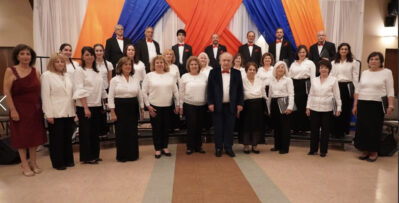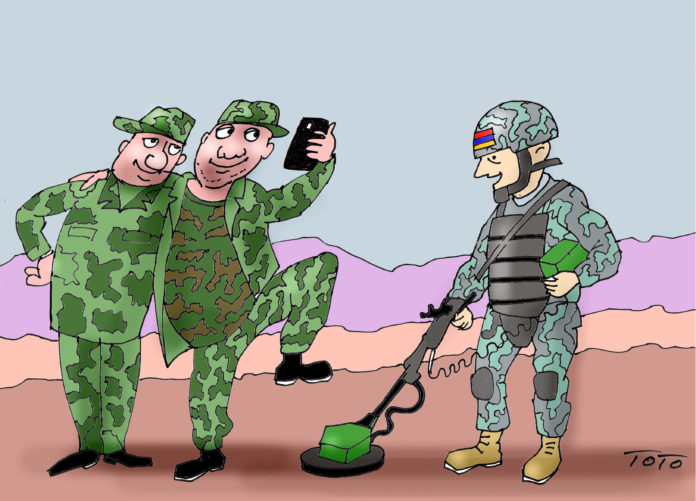News is scant, but commentaries are in abundance after the summit between Armenia’s Prime Minister Nikol Pashinyan and Azeri President Ilham Aliyev in Vienna on March 30. No breakthroughs were expected and none were reported.
The Organization for Security and Cooperation in Europe (OSCE) Minsk Group’s announcement inviting the parties to the Vienna summit sounded somewhat like an ultimatum directed at the negotiating parties; yet the co-chairs of the group — the US, Russia and France — had toned down their rhetoric and had returned to their role of facilitators before the meeting happened.
The format of the Vienna meeting included the participation of the co-chairs as well as the foreign ministers of Armenia and Azerbaijan. However, in the second part of the meeting, the two leaders were left alone for more than two hours for private talks. Following the summit, the leaders kept their discussions close to their vests, revealing almost nothing to the public. Therefore, everything has been left up to speculation.
The prospect from Moscow seems gloomier. Commenting on the nature of the conflict, Deputy Director of the Center for Political and Strategic Analysis Alexander Khramchikhin stated, “If the parties are at odds, how can they compromise, which is essential for settling the problem? I can see here only one outcome; one of the parties may surrender quietly. But how can one surrender without a war?”
Through many years of negotiations, Azerbaijan’s position has been unyielding and bellicose. To quell the unrest of the displaced Azeris as a result of war, Azerbaijani leaders needed that toughness, mostly for their domestic audience. In recent months, some things may have changed. That dialogue has become more serious and Aliyev has been willing to yield at least on minor issues. It took Pashinyan a few minutes of “elevator talk,” as it is known informally, in Dushanbe, Tajikstan in September 2018 to reduce the tensions on the border.
Until recently, all the meetings between the leaders and their foreign ministers were characterized as “talks,” yet the Vienna meeting seems to have advanced those contacts to a higher level, characterized as “negotiations.”








